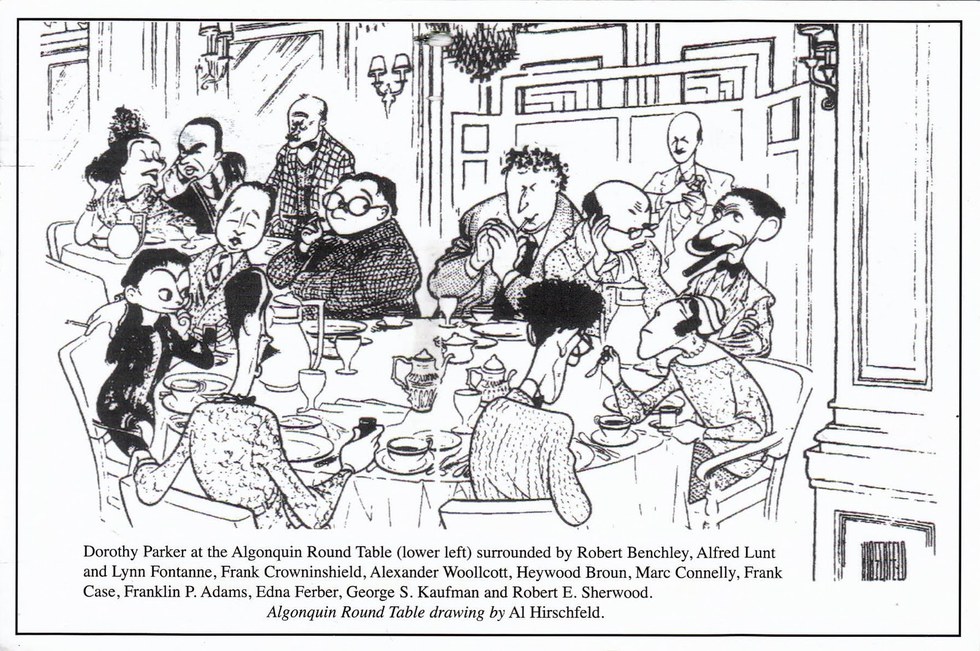Somehow, somewhere, amidst these jaunts down memory lane, there came and went the seventh anniversary of this blog. But I’m not looking back here; too much rear-view mirror gazing leads to crashes. And I don’t even say that as a metaphor: I’m literally thinking I’ve been driving badly.
But as long as I’m making confessions, I worry that this here blog is becoming less frequently reactive. I’m not seeing enough new material these days to speak of What’s Happening Now. That leads me, naturally, to discuss past experiences. If this platform is an opportunity to broadcast a bit of what’s on my brain, then the lack of new stimuli results in glops of nostalgic drivel. Auto-correct tells me there’s no such word, but I believe that “glops” is exactly what nostalgic drivel comes in.
But those of us cursed (or blessed) with a sense of history sometimes respond to the present with some thought about the past, whether it’s something we’ve lived through or merely learned about. A couple of months ago – is that too gloppily far back? – I meandered down West 44th one night with a young woman I’ll call Angela. This stroll combined the present – and I was honestly trying to take in the moment, remain in the now – my personal past (ten years ago), and also when I was my friend’s age – plus a glorious point in the past I know from reading and research.
Knowing that we’d soon live far away from each other, Angela decided we should have a goodbye date in which we rent a room with a piano so she could sing a little, like old times. Afterwards we wandered somewhat aimlessly through the theatre district and passed a new Broadway theatre – or, rather, a once-dormant reborn one. The Hudson, just east of Times Square, opened in 1903. That would make it the oldest Broadway theatre, but for most of its long life it hasn’t been a legitimate stage. Radio studio, early television studio, cinema, disco – that sort of thing. I’m used to it being a hotel ballroom, and, every time I passed it, I thought it was kind of sad that economics didn’t drive it back to its original purpose for roughly 50 years. The voice of the turtle was not heard in our land, or, er, on the stage where The Voice of the Turtle, one of Broadway’s top ten longest-running plays, once played.
In 2007, the New York Musical Theatre Festival rented out the grand space for a benefit qua awards ceremony. I’d be handed my trophy for Best Lyricist; Marc Bruni would get his for Best Director, and Liz Larsen would be bestowed for her performance in my show, Such Good Friends. Entertainment for the evening would include Duncan Shiek with songs from his new musical. (Awful. It never went anywhere.) But the opening act was Liz singing my Life of the Party, accompanied by me. The curtain went up, and there we were, captivating a tony (small T) crowd. Then the curtain came down, and the applause drowned out the announcement of who the hell we were. But the big thrill for me was getting to see the inside of the Hudson; few had.
This year, the space reopened as a Broadway theatre, kicking things off with star-studded (and I do mean “stud”) revival of Sunday in the Park With George. Walking on West 44th with Angela was my first time passing it since its renaissance.
Next, we passed the Algonquin. The Algonquin! And I thought about my friend David Rakoff. The fifth anniversary of his death had just been celebrated on This American Life; they reran a lot of his old segments, proving this isn’t the only outlet that occasionally feels compelled to glance back. David was talking about when we were young, how exciting it was to be in New York, starting a writing career. We thought of ourselves as a modern-day iteration of the Algonquin Round Table, tossing off bon mots and laughing with abandon. 
Am I mentioning Ferber, whose novels Show Boat and Giant became notable musicals 85 years apart just to tie this to musical comedy? In my mind, everything relates to musical comedy. But, a couple of days earlier I’d passed a plaque on Central Park West, identifying a building as a place where Ferber lived. When I was my daughter’s age, I walked past this on my way to kindergarten every day.
This doesn’t have a great deal of meaning for a lot of people today. But it has great meaning for grown-up me. At Angela’s age, I was writing a revue, produced in an off-off-Broadway second-story loft a block and a half from Lincoln Center, and a block and a half from Ferber’s place. I was fairly brimming with belief in myself, the youthful hubris of just knowing my stuff would make people laugh, just like George S. Kaufman, who hated singing on stage but managed to direct Guys and Dolls, and Ring Lardner, whose son’s memoir later informed so much of Such Good Friends. And my audience laughed heartily, among them the master musical mirth-maker, Adolph Green. And now I recall that the last time I was at the Algonquin it was to see a friend’s musical, directed by Marc Bruni. When I started writing this piece, I thought my connection to the Algonquin would seem ludicrously tenuous. But now I see that connection to the Round Table wags is psychological, one of the reasons I’ve felt a soupçon of self-confidence as a musical theatre writer. I know it can be done because I’m literally walking in the footsteps of literary lions. It can be done. It can be done.



 Posted by Noel Katz
Posted by Noel Katz 



